5 Reasons Why You Need to Try Electric Violin in 2024
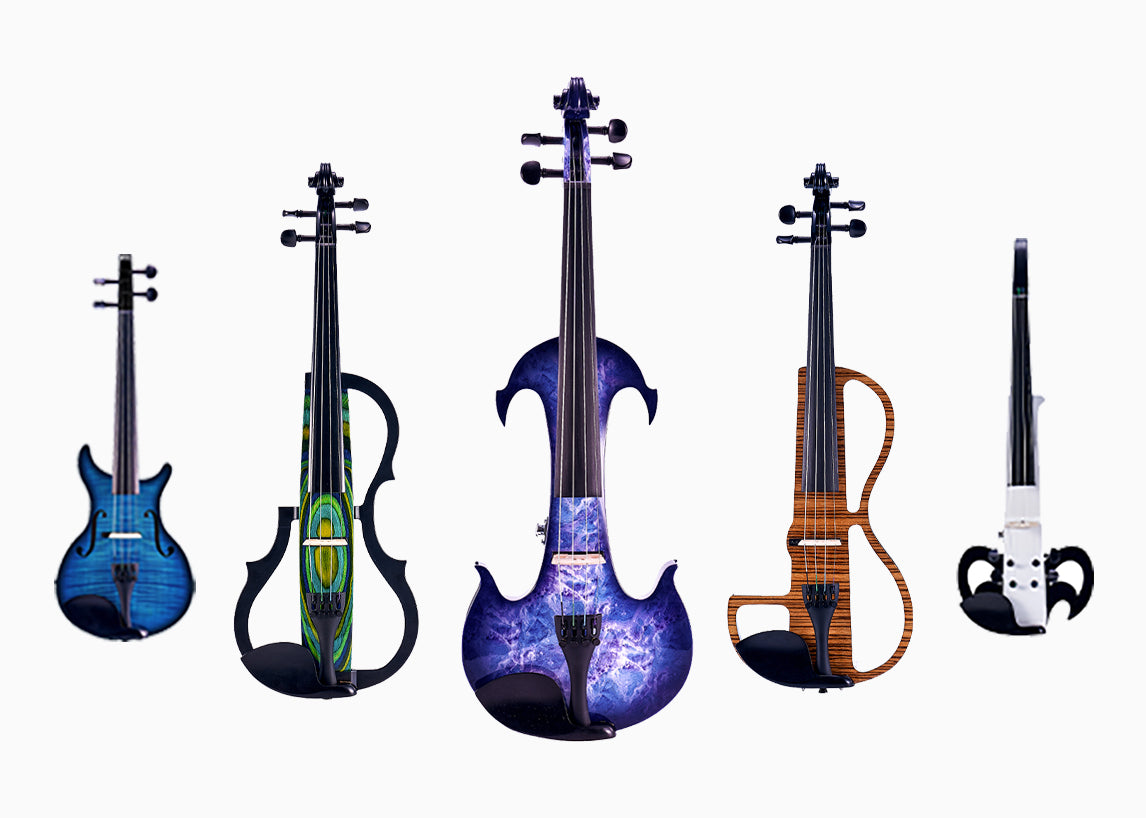
Since we launched this workshop, the No.1 question we received is not from people who are used to playing electric violin, but from the majority of acoustic players - "I am curious, but I know very little to begin my research or make my decision to try an electric violin."
So far, every 1 out of 4 violinists in the US either already own an electric violin or have expressed interest in owning one. Should you go electric, too? In this article, we derive 5 reasons from our experience as an electric violin designer workshop. They may not cover all aspects you need to consider as a user, but should give you a clear enough perspective.
In the end, we offer bonus insights on the pricing of electric violins.
Reason 1: Amplifying an Electric Violin Can’t Be Easier
How do you amplify an acoustic violin for stage, or whenever you need it louder?

Some people get comfortable with attaching a small microphone, while others accept using the same dynamic microphone for singers. They could work, but they come with issues -
- In loud environments, the microphone may not isolate noise properly. In the worst case, it may introduce feedback, where the violin sound from stage PA gets heard by the microphone again, which gets sent to the PA another time, creating an amplifying loop that suddenly damages people’s ears.
- Tiny, close mic tend to work better, but you may not like how an over-the-top microphone gets in your way.
- It’s a separate piece that requires extra care, and a decent microphone could cost you at least 500 dollars. It happened to me twice where an affordable mic stopped working after a few months.

The violin itself already requires too much maintenance, you definitely don’t want even more hassle beyond the instrument.
That’s why many reputable artists constantly show up with an electric violin, and are often known as electric violinists. Lindsey Stirling is the best of our time. Other famous names are Mia Asano, Torun Fredberg, and a lot more.

With an electric violin, plugging in a cable/transmitter like an electric guitar is the minimum you need to do. Some would require a battery, while some don’t.
Electric pickup technology has been commercially available since 1932. Today, you can get satisfying electric sound at a very low cost. It might be tricky for a serious classical occasion, while a qualified electric violin should have no problem handling any other genre of music.
Reason 2: Electric Violin Opens a New World of Effect Pedals
As we have established earlier, the amplification of electric violin is as simple as electric guitar. It means you can hop on a normal pop/rock gig and connect your violin through the guitarist’s pedalboard. It is addictive to explore the sea of amazing live effects that are created for electric instruments. (It’s so much beyond reverb!) Obviously, it gets your audience addicted, too. Without improving your playing technique, using effect is a hack for success on stage.
A clip using reverb and wah wah effects together
The electric guitar became popular today for its ease to amplify and effect options. The same can also happen to electric violin, so why not embrace the trend?

Reason 3: Electric Violin Can Be Ultra Silent
Upon the electric concept, the sound quality of electric violin is predominantly affected by the pickup. Therefore, a lot of electric violins come with very small sound boxe or solid body (no sound box at all). That makes electric violin much quieter unplugged, to a point where users’ family won’t hear it behind the wall. You may find some electric violins just advertised as “silent violin”.
However, it could also hamper the practice experience when the violinist can’t hear the sound properly. With most electric violins, you can utilize the headphone output on the amplifier, if you have one at home. Our solution, which we find more convenient, is to add a headphone output on violin, and sometimes an additional aux-in (for play-along tracks). Such feature helps you properly practise wherever you are without disturbing anyone.

One of our customers in New York was in his early years with violin, and had been complained by neighbors all the time. A “quieter violin” of ours definitely gave him the freedom to play at midnight.
Reason 4: Electric Violin Looks Cool
Since the sound box doesn’t matter that much, makers go radical breaking the traditional violin concept. Depending on how far you’d like to go, you have a world of choices from those almost identical to an acoustic violin shape, to weird-looking sci-fi objects.

Some of our designs for clients
I never liked it when America's Got Talent mocks violinists by showing the audience yawning, but the stereotype does exist. With electric violin(s) in your arsenal, you could demonstrate a fresh perspective to people who don’t usually appreciate violin. The variety of colors and patterns can also fit your outfit.
It isn’t a shame to own several violins just “for the show”, especially when a decent electric violin can go as low as about $350.
Reason 5: Many Electric Violins Have Onboard Tonal Options
For an electric violin that does not require a battery (passive pickup), the most you can get is probably Tone and Volume. When you are soloing, you might want to sharpen the tone for more presence. When you are supporting, you may want to darken the tone instead.
Once you become comfortable with using batteries, you will not only get a more powerful sound, but also tweaks to your tone.

The most common control is EQ. It doesn’t change the sound texture dramatically, but helps you fit into different roles and styles. It is a step forward than just a Tone knob, and can effectively help you get the best sound for all stages. Just let your band and the mixing engineer know you have EQ, they can give you great advice even if you don’t have much clue.
Some expensive brands will even go further by incorporating dramatic effects, say distortion, directly onto the violin, while you can practically use pedals for the same job.
Bonus: Is Electric Violin for You? How Much Should I Spend?
So these are the 5 reasons we broke down for acoustic violinists. With so many practical benefits, there are definitely incentives to try. (unless you are 100% into classical music!)
Just like how a decent electric guitar costs much less than a decent acoustic guitar, you don’t need a high budget for an electric violin either. At this point, there are inexpensive Amazon electric violins that rarely go above $300, and reputable branded models that are typically above $700.
Well, everyone wants something nice, while anywhere above $500 is going to let people hesitate. We acknowledge this concern and therefore priced our lineup between a modest $359 and $825. So far, the best selling model of ours is the $628 Dove.

Dove electric violin in "Galaxy" color
For electric beginners, you may also just try something simple. Take Crozz for example, it is only $459, but equipped with the best-in-class Shadow® pickup. It doesn’t have any control, nor does it require a battery. If you need to change anything, you can practically use knobs on your amp.

Crozz electric violin in "Baby White" color
We certainly wouldn’t try establishing ourselves as the only decent violin maker at this price range, while we would argue that due to the niche nature of this category, brands tend to overprice their models.
To conclude, if you are willing to take us into account, you basically have those choices:
- Try your luck in marketplaces with a low budget below $300.
- Shop our offerings and see if they are decent enough.
- Invest in reputable brands with $700+.
No matter what your choice is, we hope you end up liking electric violin, and become part of the electric violin community!
In the future, we may write about tips on electric violin. Stay tuned!






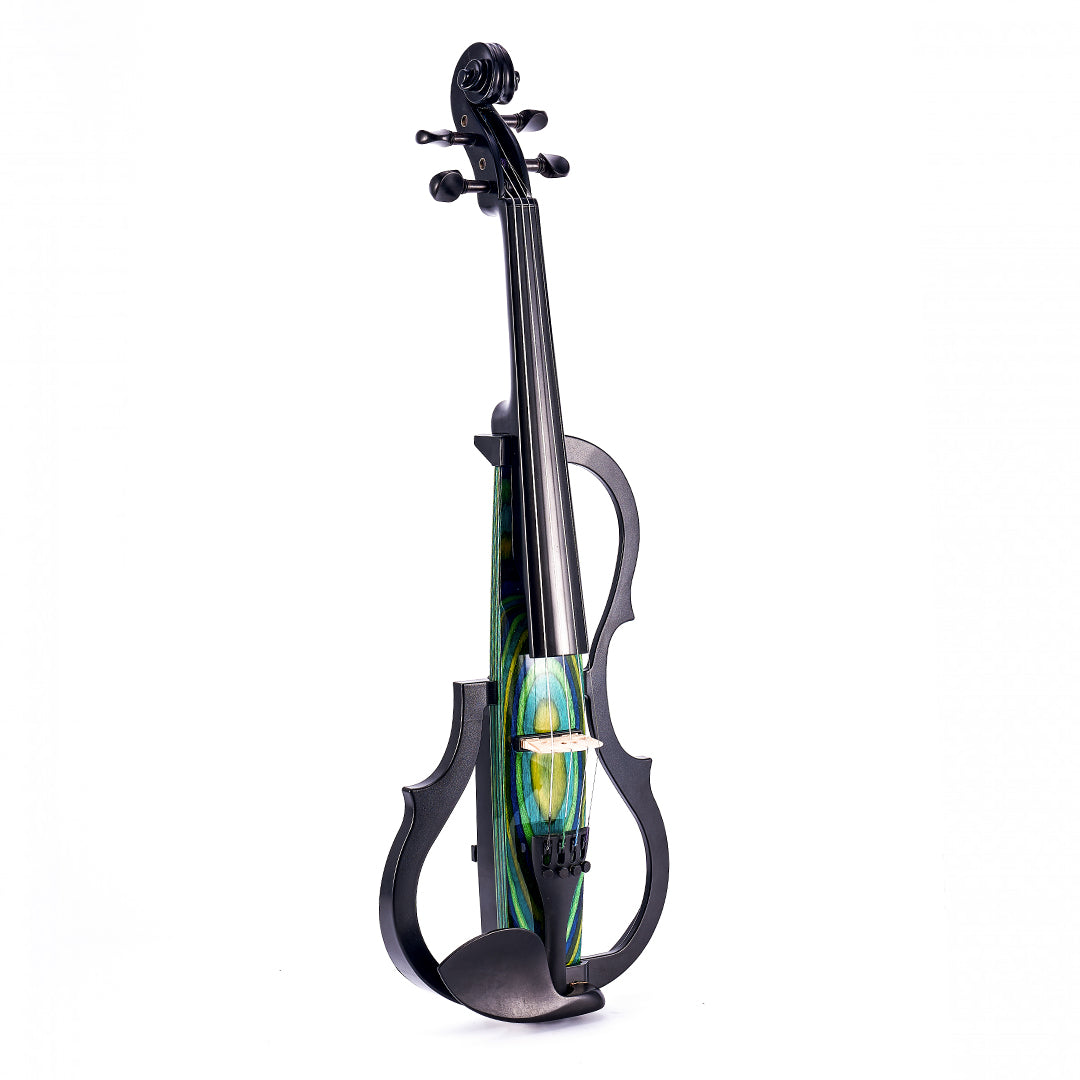
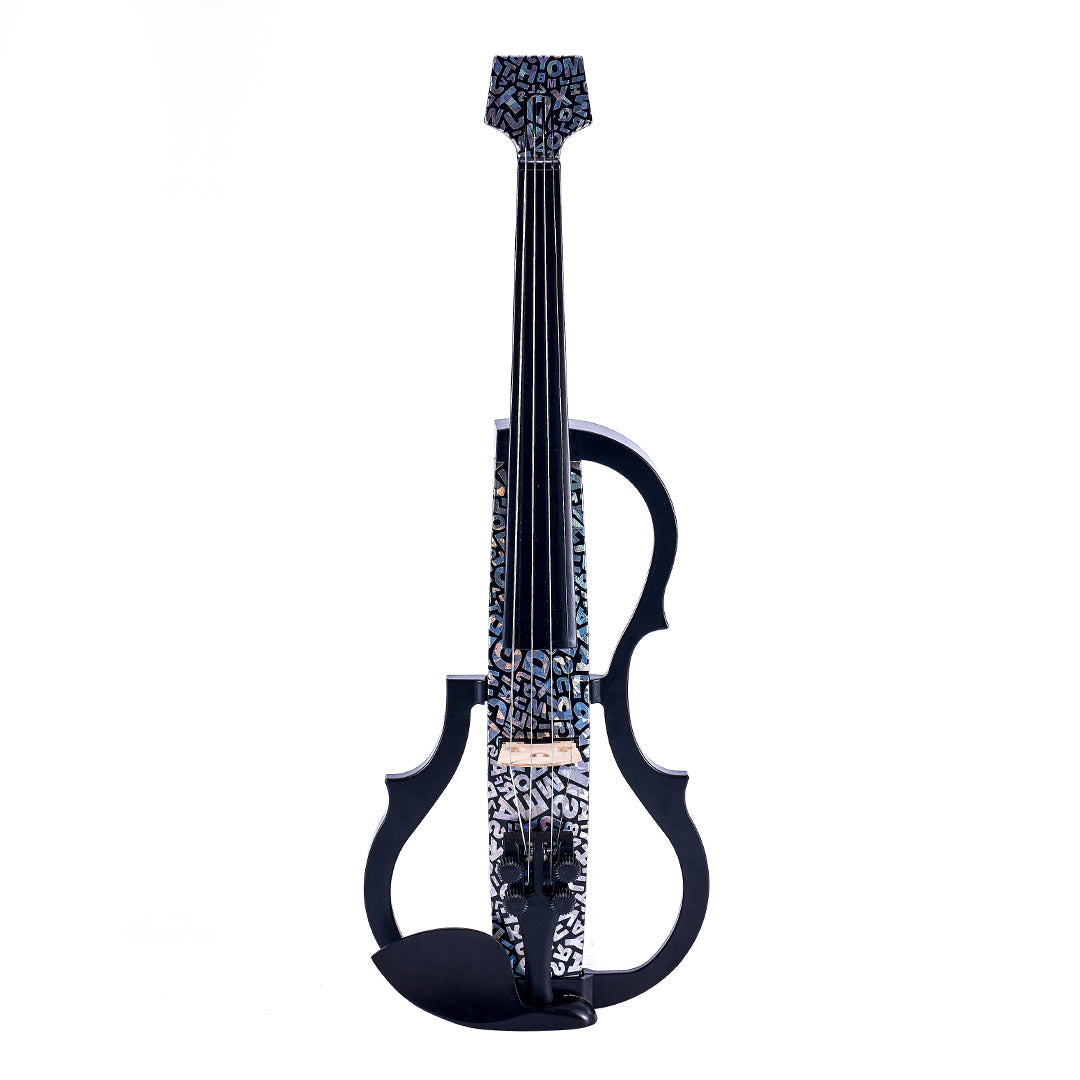


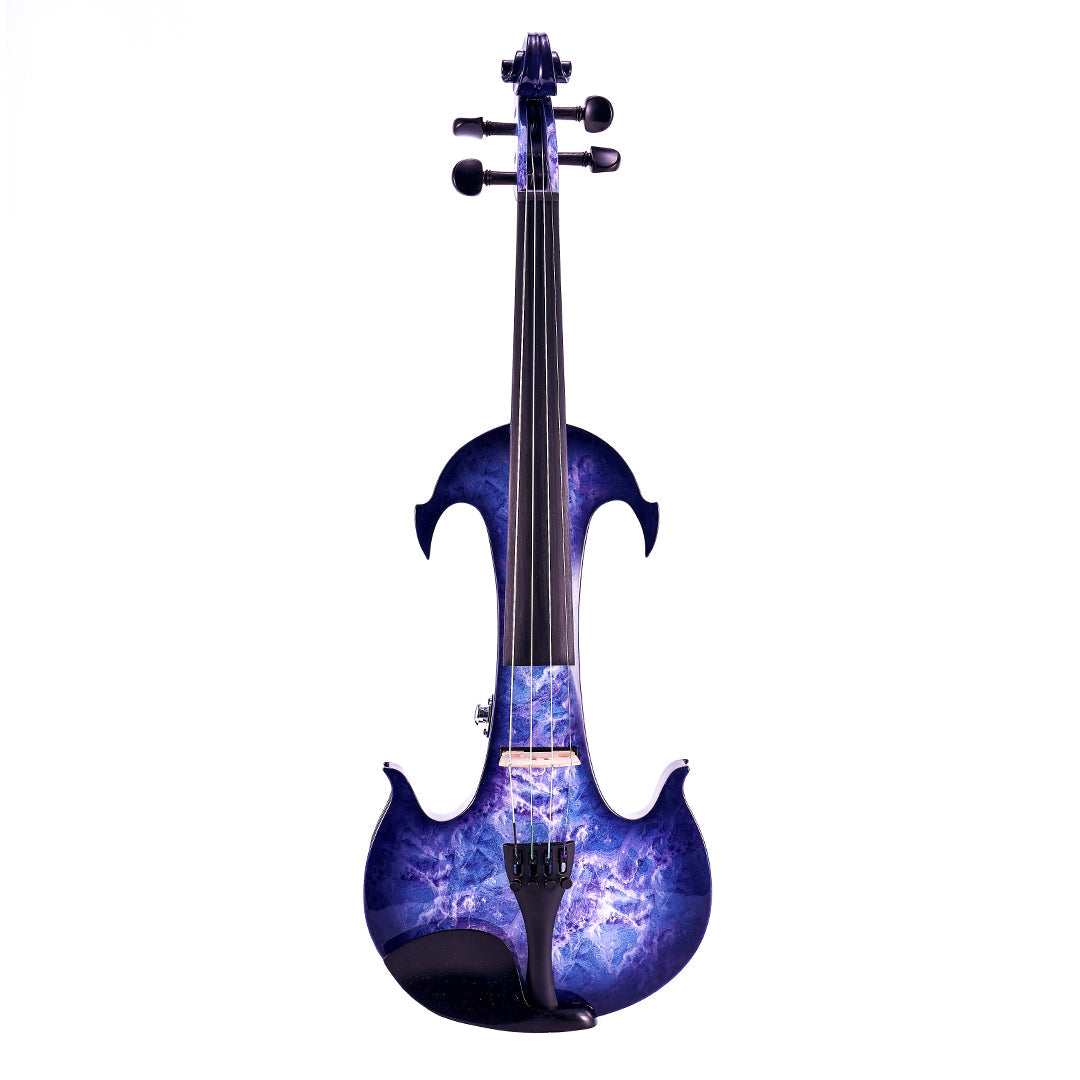
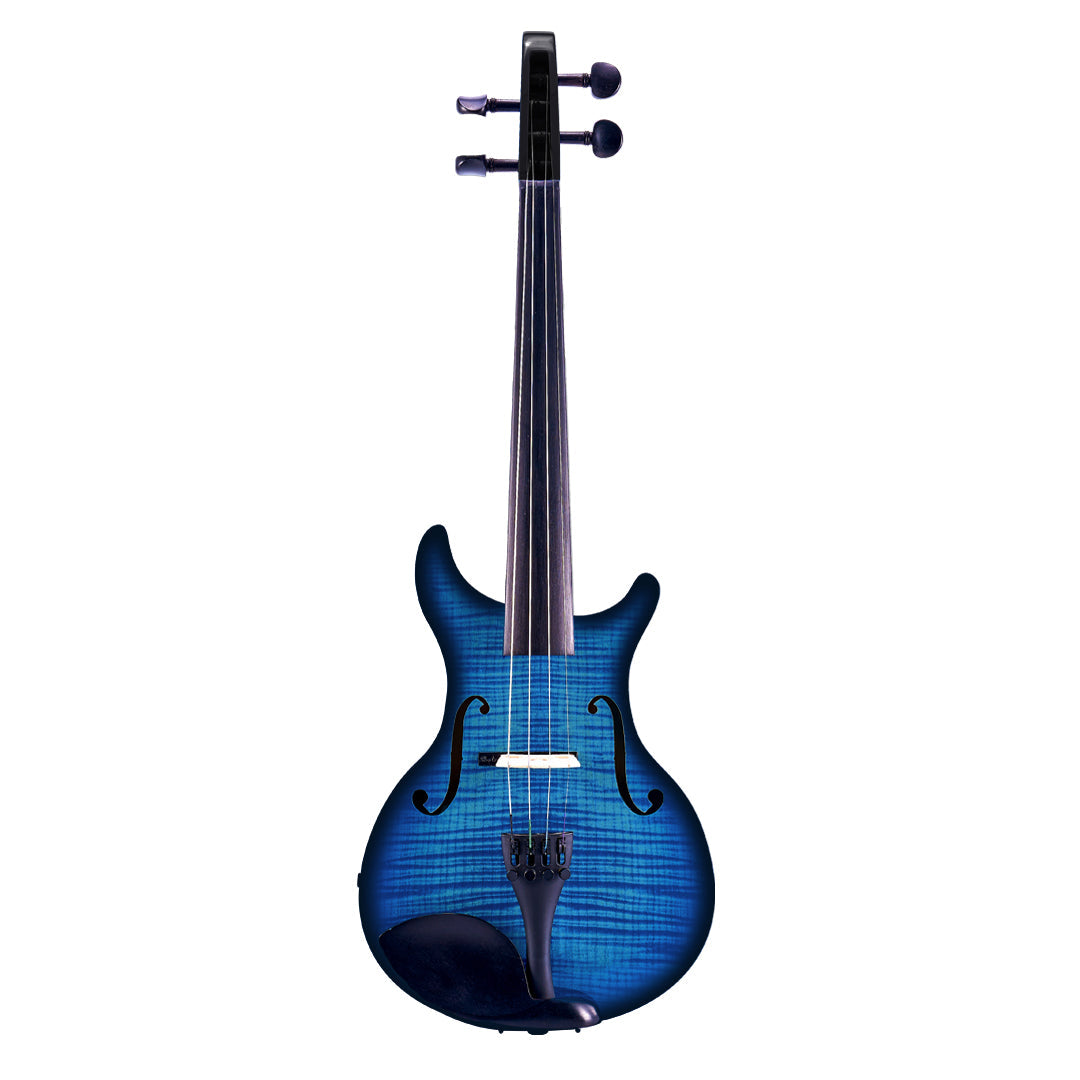
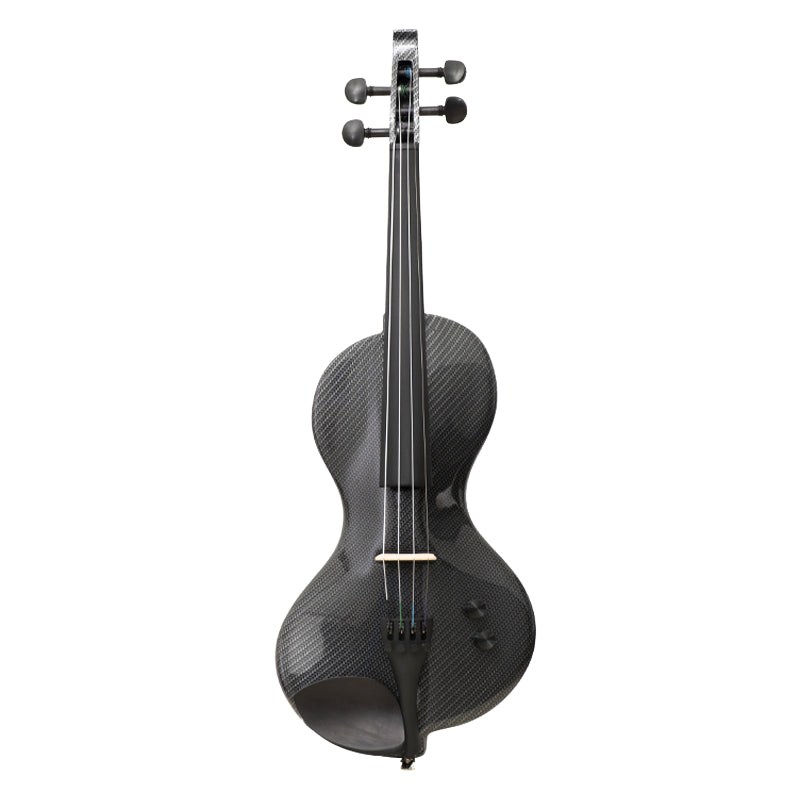
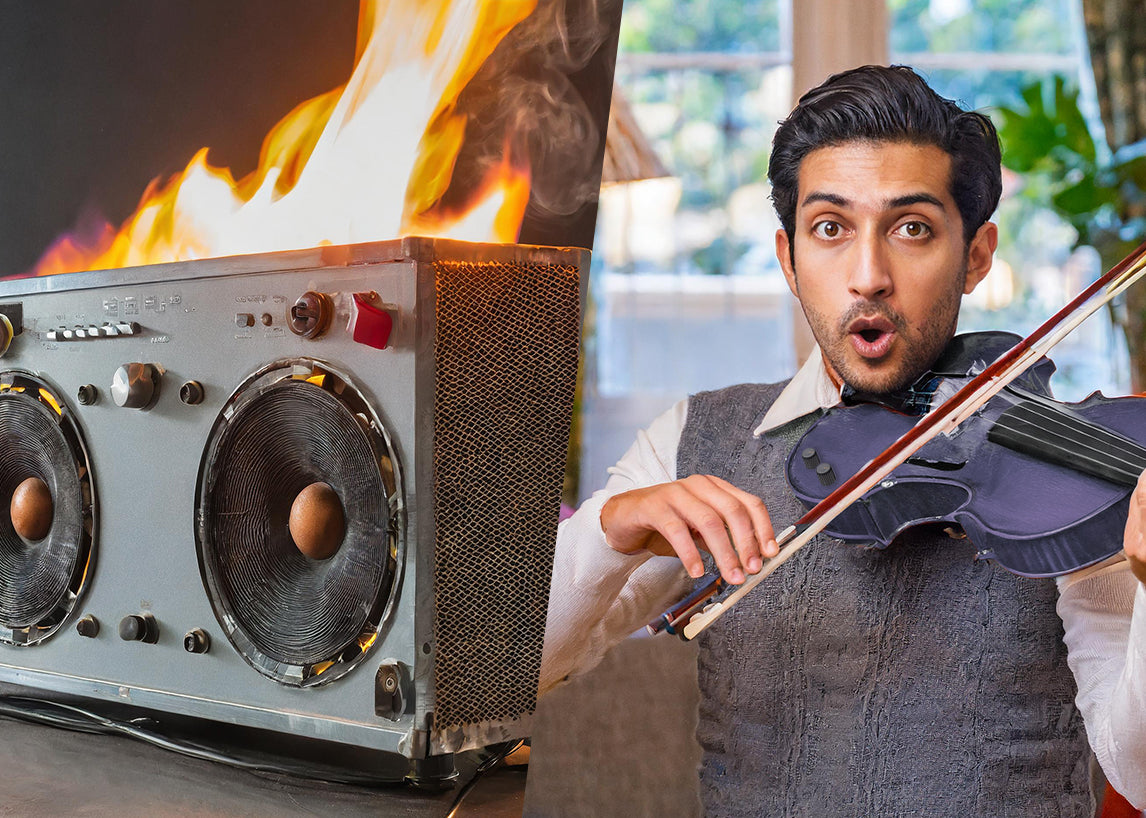
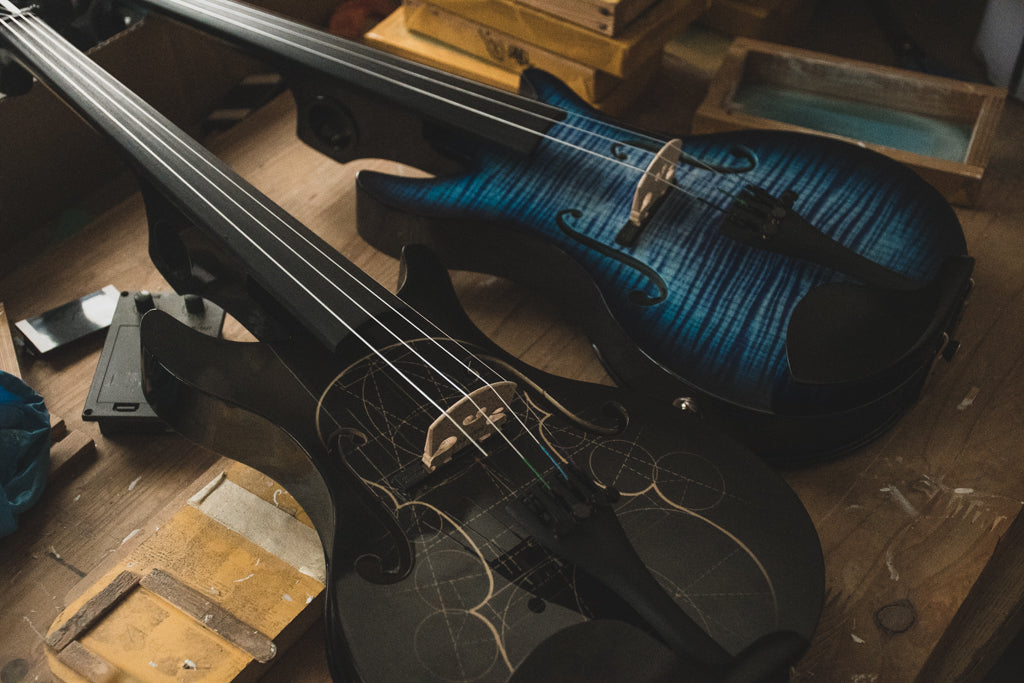
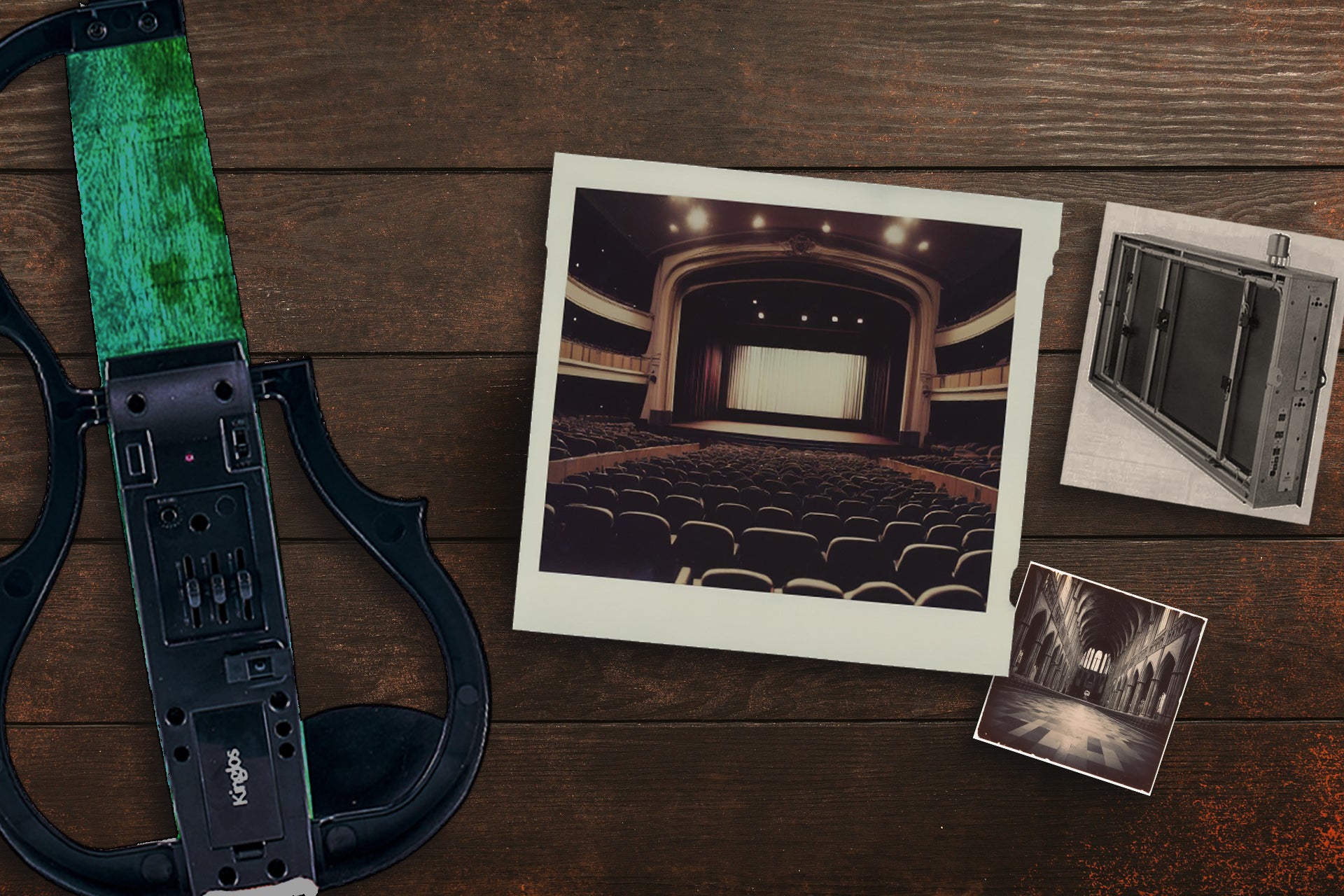
I will definitely get one.
Sounds amazing
Leave a comment